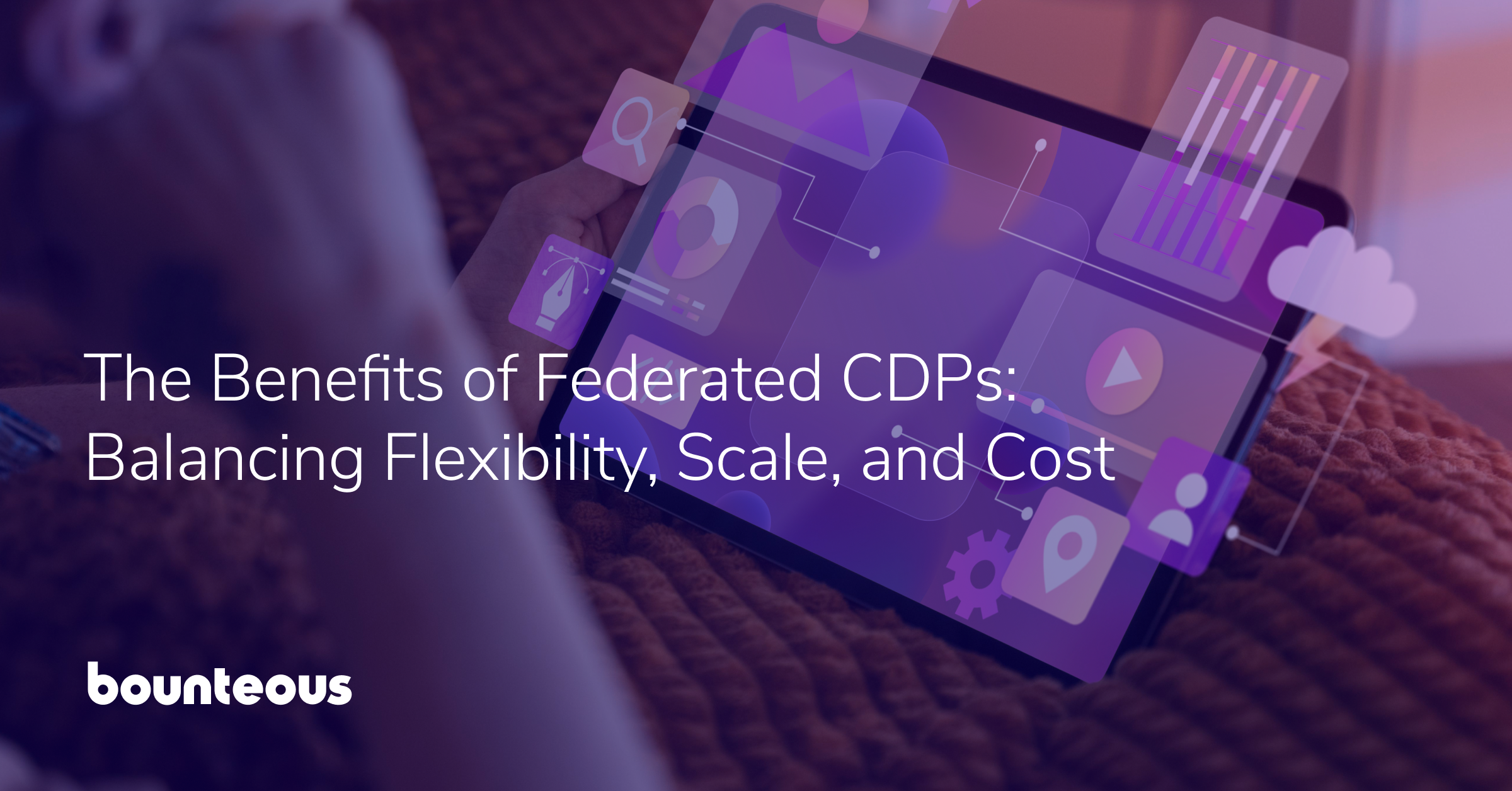Introducing Adobe Edge Delivery Services: A New Era in Content Authoring

In the dynamic world of web development, striking the perfect balance between simplicity of authoring and robustness of the site is a perpetual challenge. Enter Adobe Edge Delivery Services, formerly known as Helix — a game-changing content authoring solution that creates a web authoring experience that is easy for casual authors to understand while still offering the tools for a more robust experience to advanced authors. With the flexibility to craft content using Google Drive documents or Microsoft SharePoint Word documents, Edge Delivery Services introduces a fundamentally different way of supporting content creation.
Edge Delivery Services's Authoring Experience
The authoring experience in Edge Delivery Services currently takes place entirely within Google Drive or Microsoft SharePoint, while additional services could be supported in the future, including within Adobe Experience Manager. Pages are authored as documents and more complex data can be entered into spreadsheets. Edge Delivery Services’s term for the “components” of a traditional component-based content-management system is “blocks.”
Blocks — such as the “columns” block or a “hero” block — can be added to a page simply by creating a table in the document with the name of the block in the first row of the table. The block system fosters a seamless writing experience, making it the perfect fit for content-rich deliverables like articles and blogs. Since blocks cannot currently be nested within one another, and nesting blocks would create a more complicated authoring experience, there are potential limitations on intricate layout options. However, the benefits of easy authoring make it an ideal solution for content-heavy pages with minimal layout needs. Edge Delivery Services's approach ensures that content creators can focus on delivering content without getting lost in the intricacies of design or layouts.
The example below shows a Columns block. Authors create these blocks by adding a table and specifying the type of the block in the first row, along with any optional styling class names they would like to add. Developers can add additional classes which help authors achieve the style they are looking for.
Authoring view:

Rendered site view:

Edge Delivery Services also introduces a concept they call “auto blocking.” Blocks can be automatically constructed when it recognizes a specific relationship between content elements. In the example below, the image immediately before the title and the title itself are combined together into a Hero block with the auto blocking feature.
Using content from SharePoint or Google Drive has some additional benefits. Since a page in the site is represented as a document, single documents can be shared with authors who may not need access to the entire site. Folder permissions can be set up in such a way to grant different groups in your organization with specific access to perform page authoring.
Impressive Performance
One of the standout features of Adobe Edge Delivery Services is its ability to achieve impressive Lighthouse Pagespeed scores. It achieves these scores through various optimization techniques, which can provide lightning-fast loading times for visitors. Employing vanilla JavaScript, and only loading scripts when needed, avoids unnecessary delays in rendering. Edge Delivery Services also optimizes image delivery, allowing authors to provide large assets while authoring and then pre-processing them to deliver only the exact size needed for the user’s viewport size.
Additionally, its focus on loading the topmost visible content first enhances the overall user experience by prioritizing what matters most to users. Elements that are shared between pages, such as a header, footer, or side navigation, are cached to allow them to appear instantly. In order to ensure the PageSpeed score remains high, each change a developer makes triggers automated PageSpeed testing to alert them if the PageSpeed score drops below the expected range.
Edge Delivery Services and Other CMS Platforms
By strategically integrating Edge Delivery Services alongside other CMS solutions, sites can provide fast authoring of content-heavy pages as well as serving pages with more extensive business logic that doesn’t require the same authoring experience. Leveraging page path rules to route between different CMS platforms allows for a seamless coexistence. This approach ensures that Edge Delivery Services's versatility is realized for specific content while other CMS solutions handle more complex functionalities, such as single-page applications, pages with deeply nested content, and pages with extensive layout needs.
Edge Delivery Services is also capable of serving these functionalities, though it’s important to consider the best tools for accomplishing a task. Edge Delivery Services can be considered a high-end sports car, delivering content to a user blazingly fast. Other technologies are more analogous to pick-up trucks with lots of versatility, though they will take a bit longer to make the same journey.
Embracing the Serverless Paradigm
It’s important to note that Edge Delivery Services is a serverless technology, which doesn’t mean no server is involved, but instead that developers have limited control over its behavior and only interact with it as a content-delivery service. The serverless setup requires some rethinking of typical web development strategies. Edge Delivery Services is solely focused on delivering the authored content, along with custom “blocks,” JavaScript, and CSS styling rules created by developers. The absence of control over a server means that, for some integrations, another technology will need to be used. Currently, Edge Delivery Services is licensed along with AEM Sites, so the AEM server can be used to host those integrations or run other logic requiring a server. Adobe Commerce can also be an excellent option for building out any required server-based solutions.
Excel and Google Sheets Integration
In addition to document formats, Edge Delivery Services offers support for data pulled from Excel and Google Sheets. Through API requests that return data in JSON format, Edge Delivery Services accesses information stored in spreadsheets, empowering content creators to enter numeric or tabular data in a familiar format with tools they already use every day.
The Future of Edge Delivery Services and CMS Systems
As the digital landscape continues to evolve, Adobe Edge Delivery Services' focus on site speed is a welcome change. By reimagining traditional site architecture, developers can unlock performant sites with minimal authoring training. As Edge Delivery Services evolves and solidifies its position in the CMS realm, its integration with other APIs and data sources will further enhance its appeal. Embracing Edge Delivery Services will enable businesses to deliver highly performant content pages with an authoring experience that is simple to understand.
Adobe Edge Delivery Services empowers creators to author content easily with well-understood tools, and deliver it with fantastic pagespeed scores. Striking a balance between simplicity and functionality, Edge Delivery Services opens up exciting possibilities for content-rich websites, such as articles and blogs. Adobe Edge Delivery Services can work in tandem with other CMS platforms or existing sites to offer flexibility to site designers and authors.




